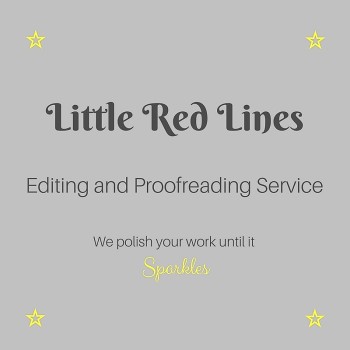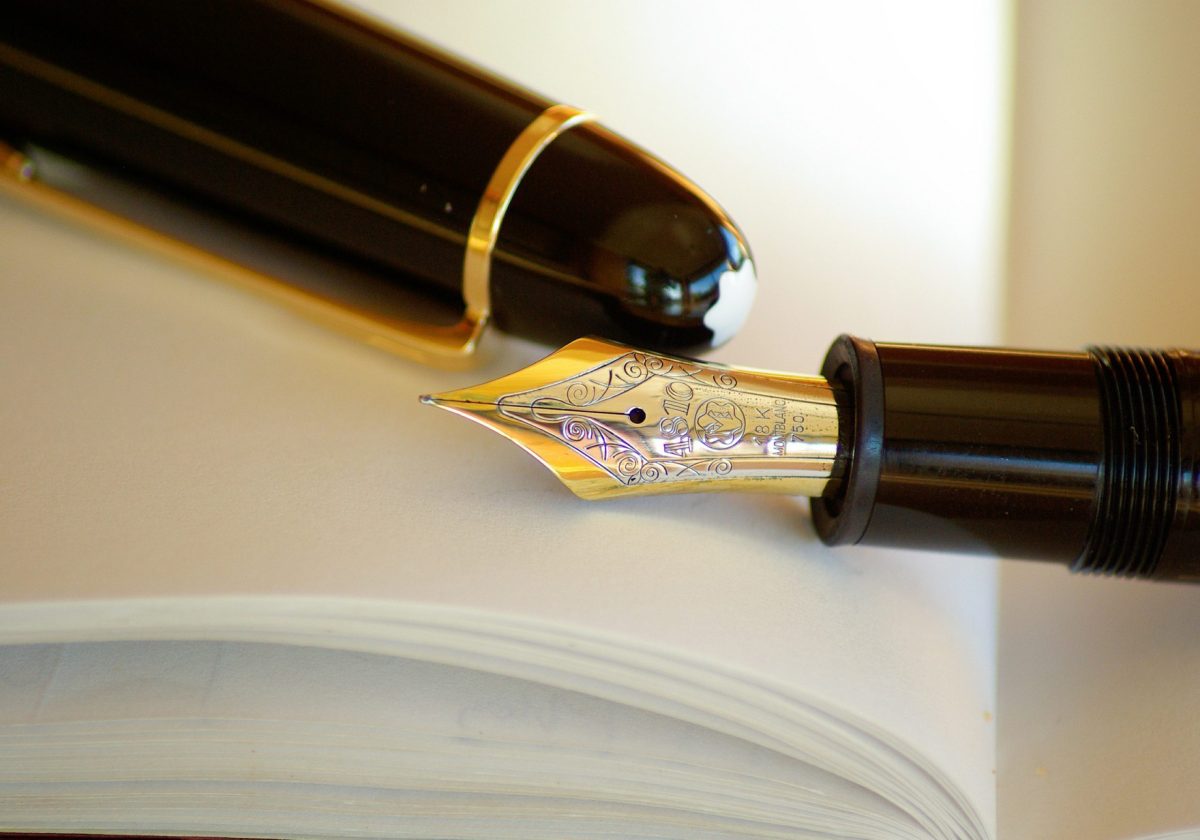Continuing on from the Ps…
Query letter. A letter that is written to literary agents or publishers when an author seeks representation or publishing.
Rejection slip. A letter sent by an agent or publisher in response to your query letter saying no thank you. Frame it. Chalk it up to experience. Try again.
Reprints. Work that is published after having already been published somewhere else.
Rights. Ownership of a work and how it may be used.
Royalties. The percentage of revenues paid to the author by the publisher. Indie authors receive royalties via the channel they use to publish when their work is purchased.
Run-on sentence. A sentence that goes on and on and on and on and on and on and on and shouldn’t. If you have one like this, re-write it.
S.A.S.E. (or SAE) Acronym for “self-addressed stamped envelope” and is sometimes asked for by publishers or agents when you submit to them so that they can send your manuscript back to you along with your rejection slip…
Satire. Used as a way of criticizing people in a humorous manner. Not to be confused with irony: hyphenated -v- non-hyphenated…!
Self-publishing. Used by Indie authors. This is where the author uploads their work (hopefully edited and proofread) to a channel that allows them to sell it. Can also be used for POD (see previous post).
Serial. Something published in several parts, one after another. Examples include trilogies or a run on series.
Short story. Fiction that typically has less than 5000 words and is published alongside other material, rather than as a stand-alone.
Simultaneous submissions. Sending a manuscript to multiple publishers or agents at the same time. If you intend doing this, be sure to check each publisher/agent’s submission guidelines. If they ask you not to do this, don’t!
Small press. A small publishing company rather than one of the ‘big 5’. Small presses often specialise in a particular genre (or in very few select genres – check before you submit to them).
Soliloquy. A monologue, usually in a play, where a character talks to the audience or him/herself. Check out ‘Hamlet’ and the ‘To be or not to be’ speech.
Spine. The part of a book that holds the front hardpage and back hardpage (covers) in place. It’s what shows when it’s on your shelf!
Style. The way a writer writes – their choice of words, the structure of sentences and literary devices that are particular to them.
Submission guidelines. Read them! These are the rules you must follow when submitting a manuscript to a publisher.
Subplot. A secondary story that develops within the main story.
Synonym. A word that means the same (or almost the same) as another. E.g. large, big.
Synopsis. A summary of a book’s plot, usually two to three pages long.
Tearsheet. A page torn from a published article that provides proof of publishing.
Theme. The subject of a book.
Thesis. A lengthy piece of writing on a particular subject – usually submitted by university students that shows their key argument and understanding of the subject.
Tone. The mood implied in a piece of writing.
Trim size. The width and height of a book’s pages.
Typeface. The font specifications (see Font).
Vanity publishing. A service that asks authors to pay to have their books published.
Verb. A ‘doing’ word that describes an action, condition or experience (walked, swam, touched, etc).
Voice. Every author has their own. This is the way that the author conveys his/her message shown in the style of the writing.
White space. The area of a page that holds no text or images.
Word count. The number of words in a manuscript.
Writer. The person who wrote the work, usually the author, but can be a ghostwriter.
That’s it folks – hope you didn’t mind the tongue-in-cheek additions!
If you’ve found this useful, feel free to contact me with any editing or proofreading requirements you have.



